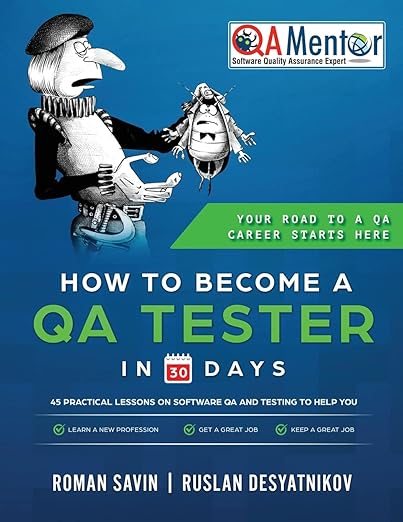Lecture 5 - The Software Testing Life Cycle -> Quick Intro -> ResearchLet’s have a quick, relaxed talk about the Test cycle while we cool down from our exciting (I hope) lecture about SDLC.
BTW
Remember that the SDLC has another name: the software development process.
Forget computers for a minute and imagine that you’ve just bought a super-duper, last-word-in-technology vacuum cleaner. How would you test it? After you remove it from the box, you’d probably read the manual and then torture poor thing until you’re sure that it really works.
This wouldn’t require too much thinking about the process, but let’s look at the stages of that process on an abstract level:
1. The instructions have been read and comprehended (e.g., the description from item 22.1 of the manual on the wet cleaning mode).
2. A plan has instantly developed in your brain. For example:
a. Pour hot water into the upper water tank.
b. Press the “power” button.
c. Press the “pressure” button.
3. The steps from the plan have been implemented (i.e., you actually tried wet cleaning).
Let’s jump from vacuum cleaner testing to software testing.
The software testing cycle (or “Test cycle”) consists of three stages:
1. Research
2. Test planning
3. Test execution
At any of these stages testers can find a bug (i.e., a spec bug or a software bug). The bug must be fixed by the responsible party (the PM or the developer), and the fix must be verified by the tester.
Let’s link the Test cycle with the SDLC:
1. Research starts before spec approval (which comes at the end of the Product design stage) and continues through Coding stage. Testers get their first look at the spec before the spec review meeting, and they keep researching the features they are going to test while writing their test cases.
2. Test planning takes place at the Coding stage when testers write their test cases.
3. Test execution takes place at the Testing and bug fixes stage when testers execute their test cases.
I’ve just described how the Test cycle is typically integrated with SDLC. The keyword here is “typically.” In start-up reality, there WILL be a huge number of NOT typical situations.
Example
The test manager tells you that you have thirty minutes to test a certain feature (e.g., “Registration”). You have to use your common sense because there is no documentation and no time for inquiries about how it’s supposed to work. In this situation, your research, planning, and execution all take place at the same time.
But for our course, I suggest a complete separation of the Test cycle from the SDLC. Here is another reason for this separation: When you perceive the Test cycle as an independent process, you can easily understand how it’s integrated with any kind of SDLC in any software company.
To recap, the independent process known as the Test cycle consists of three stages:
1. Research
2. Test planning
3. Test execution Next ->
Lecture 5 - The Software Testing Life Cycle -> Quick Intro -> Research